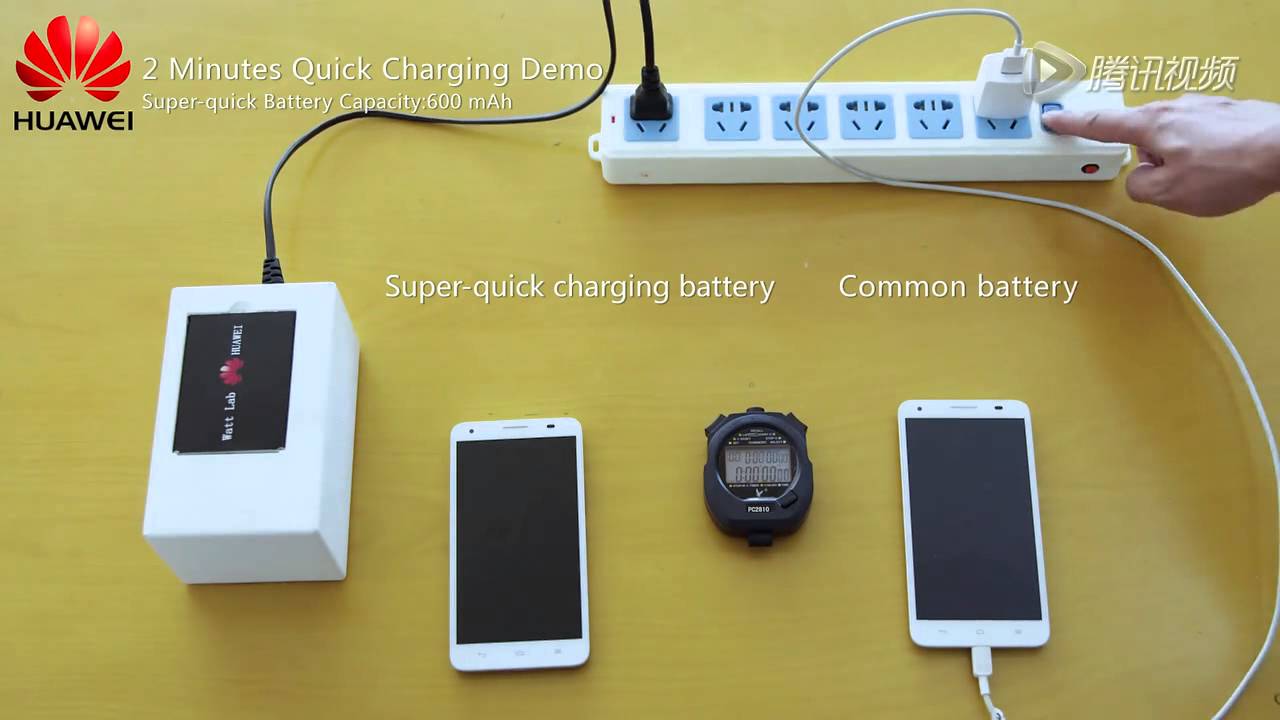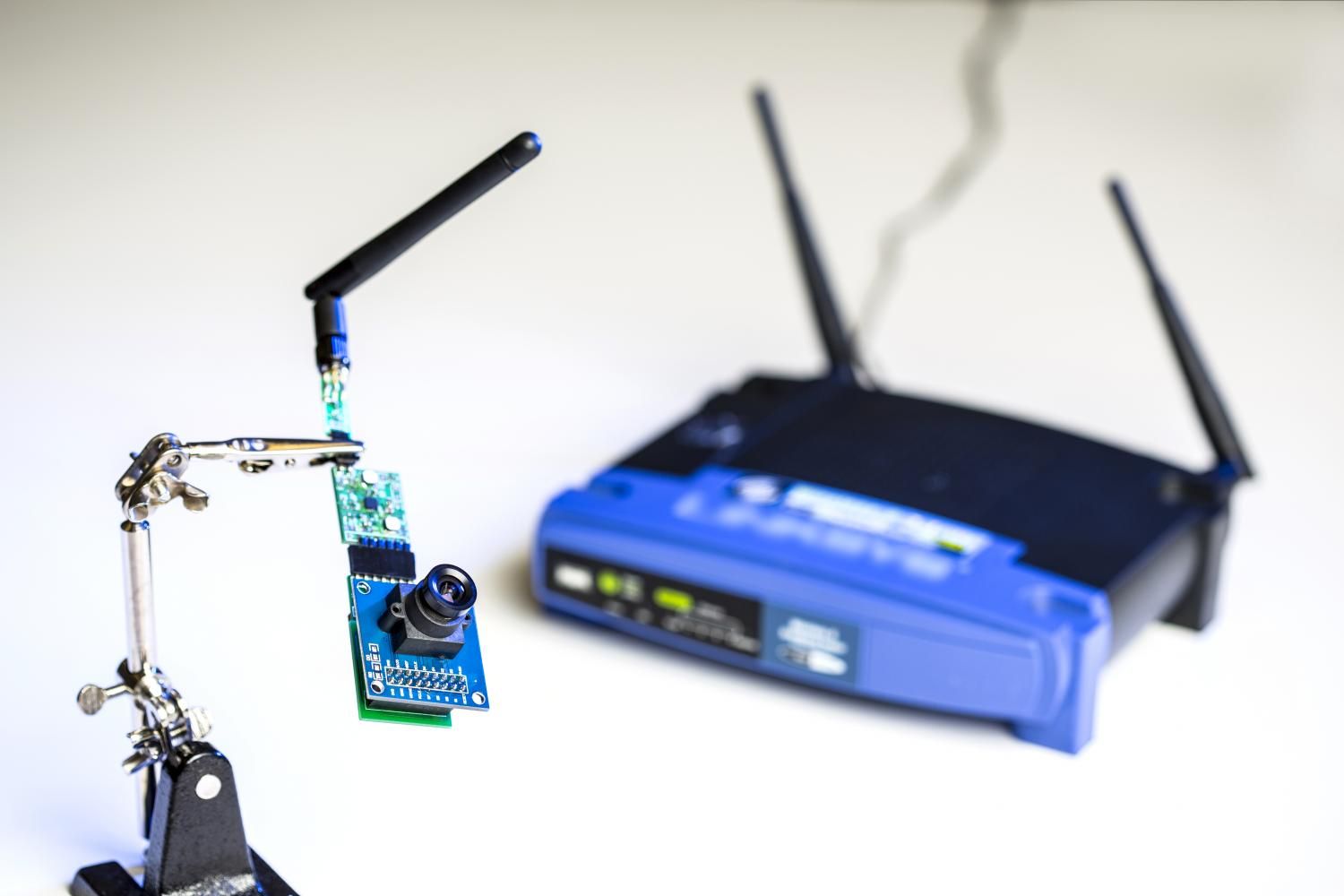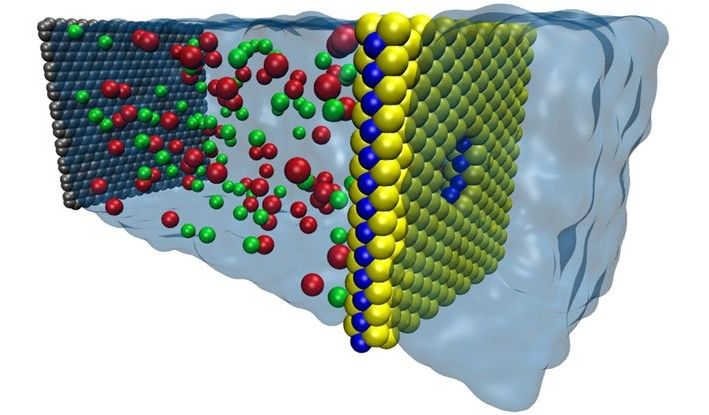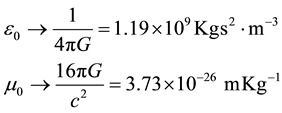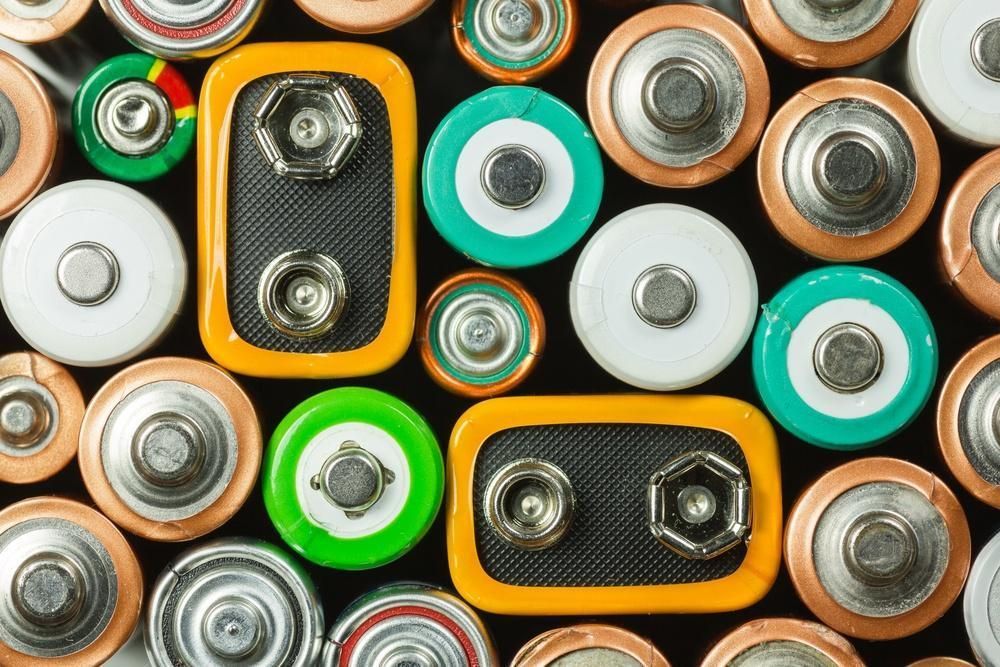Nov 20, 2015
This new battery charges 10 times faster than the one in your smartphone
Posted by Shailesh Prasad in categories: energy, mobile phones
Chinese technology company Huawei has announced that its latest prototype battery fills up with power 10 times quicker than the ones in current smartphones. Huawei has been showing off the technology at the 56th Battery Symposium in Japan this week, where a 3,000mAh pack reached a 48 percent charge in just 5 minutes.
The lithium-ion batteries inside smartphones, tablets, and other similar gadgets have two main sections: an anode and a cathode. Electrons move from one section to the other while our devices are in use, and then back in the opposite direction as they are recharged.
Continue reading “This new battery charges 10 times faster than the one in your smartphone” »
